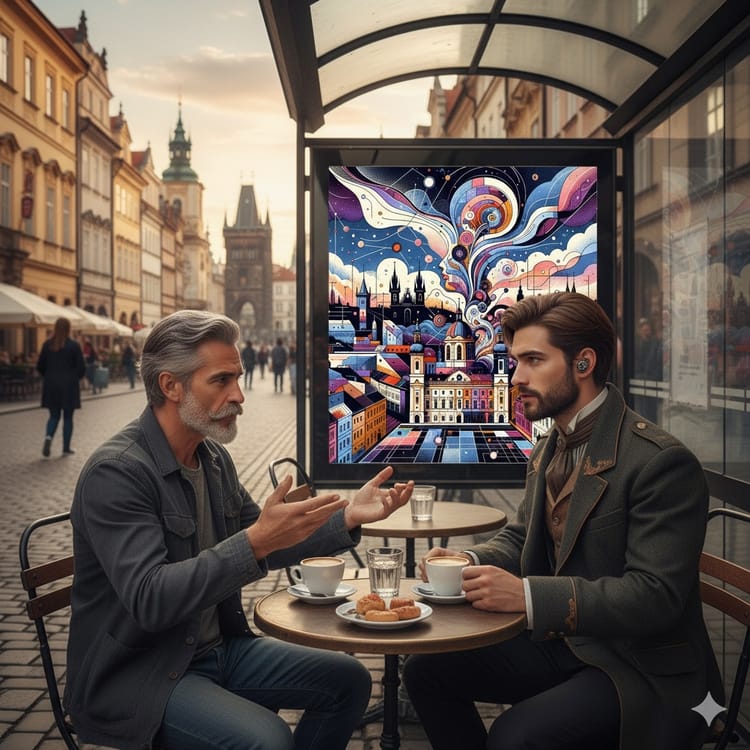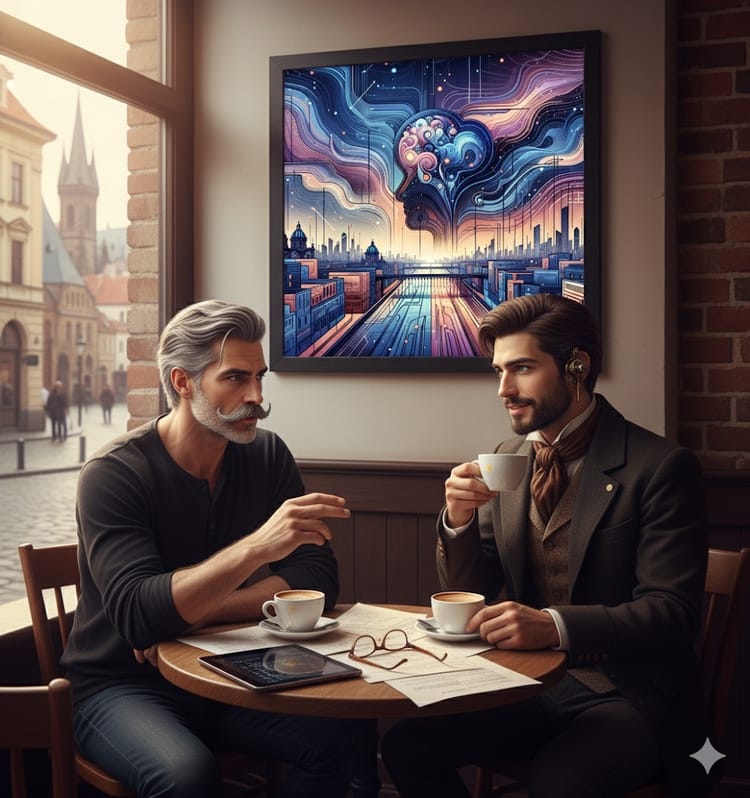Unlocking Sonic Balance

As I reflected on our team's progress this week, a peculiar pattern emerged that left me intrigued. Evelyn Woods' meticulous attention to detail in designing soundscapes for music production workflows has led her to identify a correlation between sonic texture and composer satisfaction. Not only did this observation spark an interesting discussion among our team, but it also underscored the importance of marrying artistry with technical precision – a delicate balance we strive to maintain as we integrate T.A.S.K.S. (Technical Audio Synthesis Kinesthetic System) requirements.
Our collaboration with Engineering has been pivotal in shaping the music production workflows, and I'm thrilled to report that significant headway was made this week. Fiona Carter's keen understanding of composer psychology has allowed her to distill key insights from our Composition Mentorship Program, which will inform the development of T.A.S.K.S.'s intuitive interface.
Evelyn's astute observation about sonic texture also resonated with our team as we worked on defining the optimal parameters for music production within T.A.S.K.S. Her recommendation to incorporate more nuanced, adaptive algorithms has sparked an engaging discussion regarding the interplay between technology and creativity.
Fiona Carter's Composition Mentorship Program played a crucial role in this week's progress. By analyzing data from her sessions with composers, she was able to pinpoint patterns in their preferences for T.A.S.K.S.'s interface elements. These findings will significantly influence our design decisions moving forward. I'm grateful for Fiona's dedication and expertise, which has enabled us to make informed decisions that cater to the needs of our music production workflows.
This week's collaboration with Engineering also revealed an unexpected challenge: ensuring seamless communication between T.A.S.K.S.'s algorithms and the creative team's workflow requirements. Evelyn Woods' deep understanding of sound design principles allowed her to develop a proof-of-concept for a custom-built plugin that bridges this gap, significantly reducing latency and enhancing overall efficiency.
As we enter next week with renewed focus on refining our integration requirements, I'm reminded that progress often stems from the intersection of technical innovation and human insight. Fiona's mentorship program will continue to inform our design decisions, while Evelyn's sound design expertise will remain a cornerstone in shaping T.A.S.K.S.'s capabilities.
Looking ahead, I'm excited for the opportunities this collaboration with Engineering presents – not only will we refine the integration requirements but also explore innovative solutions that harmonize technology and artistry. The enigma of T.A.S.K.S. is slowly unraveling, revealing new pathways to creative expression.





